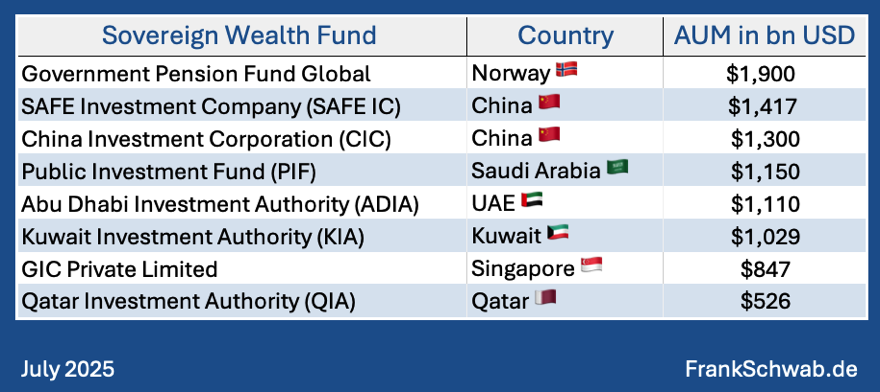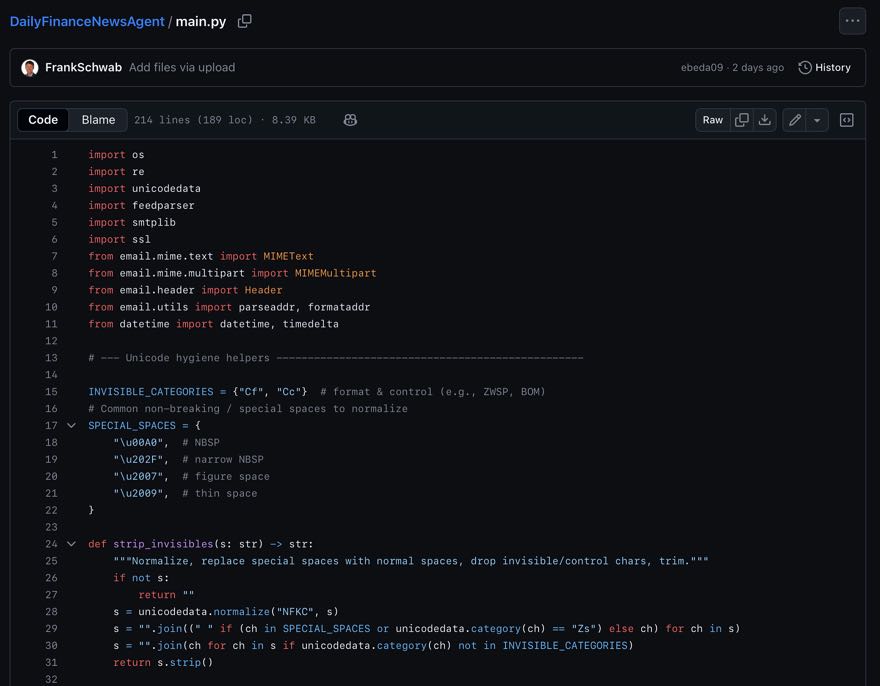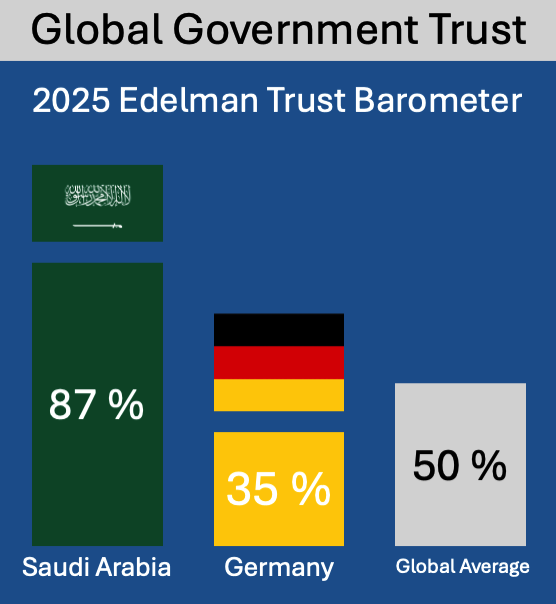Nexus Corporate Bank - The Strategic Growth Partner (Blue Ocean Strategy, applied)

As we learned last week, the Blue Ocean Strategy encourages businesses to innovate and offer unique value propositions that make competitors irrelevant.
So, let's apply the Blue Ocean Strategy to corporate banking.
An average corporate bank, often entrenched in traditional practices, tends to offer a standard suite of products like loans, cash management, and trade finance, with limited innovation beyond these established offerings. Their approach to clients is primarily transactional, focusing on executing deals rather than fostering long-term, strategic relationships. This often results in a one-size-fits-all approach to service, with little room for customization or understanding the unique needs of each client.
Technological innovation is often slow in these institutions, relying on legacy systems and manual processes that lead to inefficiencies and sluggish response times. While they may offer basic online banking and mobile apps, they lack the seamless, integrated digital experience that modern businesses demand. A risk-averse culture further hinders their ability to adopt new technologies or explore innovative solutions.
Internally, a hierarchical structure centralizes decision-making, hindering agility and responsiveness to client needs. The focus tends to be on sales targets and short-term revenue, rather than cultivating long-term value for clients. Collaboration between departments can be limited, leading to siloed operations that stifle innovation.
These banks face significant challenges in today's competitive landscape. Traditional competitors and emerging fintech players are vying for market share, putting pressure on margins. Meanwhile, corporate clients are increasingly expecting personalized, digital-first solutions and proactive advice, which many average corporate banks struggle to provide. Additionally, navigating the complex and ever-changing regulatory environment adds another layer of complexity and cost.
In essence, the average corporate bank is at a crossroads. To thrive in the modern business world, they must embrace innovation, adopt a client-centric approach, and leverage technology to deliver value beyond traditional banking products. Failure to do so may leave them struggling to retain clients and remain competitive in a rapidly evolving industry.
Four Actions Framework in practice
Now let’s perform the Four Actions Framework to identify potential areas for value innovation and the creation of a Blue Ocean Strategy for the average corporate bank we just described:
❌ Eliminate
📌 Eliminate unnecessary fees and complex pricing structures: Simplify pricing models and eliminate hidden fees to increase transparency and build trust with clients.
📌 Eliminate slow and cumbersome manual processes: Automate routine tasks and digitize workflows to improve efficiency and reduce response times.
📌 Eliminate product-centric sales approach: Shift focus from selling products to understanding and addressing client needs through consultative solutions.
⬇️ Reduce
📌 Reduce reliance on legacy systems: Invest in modern technology infrastructure to enable faster and more efficient operations.
📌 Reduce time to access credit and financial solutions: Streamline credit approval processes and provide real-time access to financial data and insights.
📌 Reduce complexity of international trade and foreign exchange services: Offer simplified and user-friendly platforms for managing cross-border transactions.
⬆️ Raise
📌 Raise level of personalization and customization: Leverage data analytics and AI to offer tailored financial solutions and proactive advice to clients.
📌 Raise quality and responsiveness of customer service: Provide 24/7 support, proactive communication, and dedicated relationship managers for key clients.
📌 Raise transparency and communication: Offer clear and concise explanations of products, fees, and risks, empowering clients to make informed decisions.
💡 Create
📌 Create an integrated digital platform: Offer a seamless and user-friendly online and mobile banking experience that centralizes all financial services and data.
📌 Create value-added advisory services: Provide insights and guidance on industry trends, risk management, and growth strategies.
📌 Create collaborative ecosystems: Partner with fintech companies and other service providers to offer a comprehensive suite of financial and non-financial solutions.
Nexus Corporate Bank - The Strategic Growth Partner
Now we build upon the Four Actions Framework to illustrate a concrete example of a Blue Ocean Strategy for a corporate bank:
Target Market
Mid-sized companies with growth ambitions often struggle to find the right financial help and expert advice.
These businesses have big plans, and need a bank that understands their specific needs and challenges.
Value Proposition
📌 Beyond Traditional Banking: Nexus Bank positions itself not just as a lender, but as a strategic partner invested in its clients' success.
📌 Personalized Financial Solutions: Utilizes data analytics and AI to develop customized financial plans and proactive risk management strategies aligned with each client's unique goals and challenges.
📌 Ecosystem Access: Provides a curated network of industry experts, legal advisors, and potential partners to support clients' growth and expansion initiatives.
📌 Seamless Digital Experience: Offers an intuitive, integrated digital platform that centralizes all banking and financial management tools.
📌 Transparent and Fair Pricing: Eliminates hidden fees and complex pricing structures, providing clear and upfront communication about costs.
Key Differentiators
📌 Focus on Long-Term Partnerships: Builds deep relationships with clients, providing ongoing support and strategic guidance throughout their growth journey.
📌 Proactive Risk Management: Leverages technology and expertise to identify and mitigate risks, helping clients make informed decisions.
📌 Ecosystem Facilitation: Connects clients with valuable resources and partners to accelerate growth and expansion.
📌 Transparency and Simplicity: Prioritizes clear communication and eliminates unnecessary complexities in banking processes and fees.
Implementation and Iteration
📌Client-Centric Culture: Empowers relationship managers to act as trusted advisors, offering personalized support and proactive solutions.
📌User-centered driven solutions enabled by technology: Invests in cutting-edge technology to streamline operations, enhance risk assessment, and deliver a seamless digital experience.
📌 Collaborative Ecosystem: Cultivates strong partnerships with industry experts and service providers to offer a comprehensive suite of value-added services.
📌 Continuous Improvement: Actively seeks client feedback and monitors market trends to adapt and evolve its offerings.
Potential Impact
By implementing this Blue Ocean Strategy, Nexus Bank can differentiate itself from traditional corporate banks, attracting and retaining clients seeking a more strategic and personalized financial partner. This approach allows Nexus Bank to capture a new market space, foster long-term client relationships, and achieve sustainable growth in the competitive corporate banking sector.
Key takeaway
The essence of a Blue Ocean Strategy is to create a unique value proposition that addresses unmet needs and makes the competition irrelevant. By eliminating pain points, reducing complexities, raising key factors, and creating new value, a corporate bank can chart a new course and stand out in the crowded market.
Published in strategy, blue_ocean_strategy, transformation, banking, all on 26.09.2024 7:30 Uhr.









